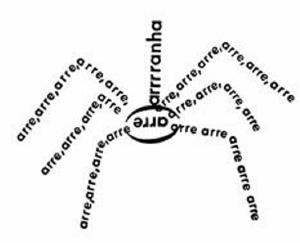Avoid obsolete ABAP

ABAP evolves (even though it stood mostly still for too many years). And as it evolves, it leaves behind some commands and syntax constructions which are replaced by better ones.
Besides learning what’s new it is also important to learn what becomes obsolete.














